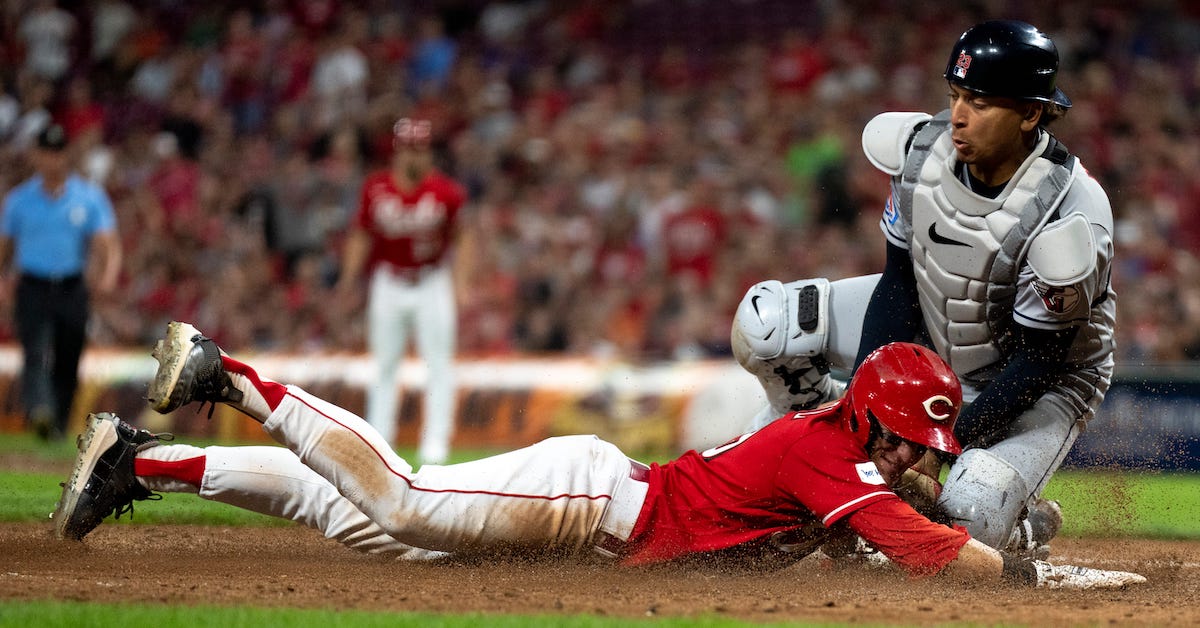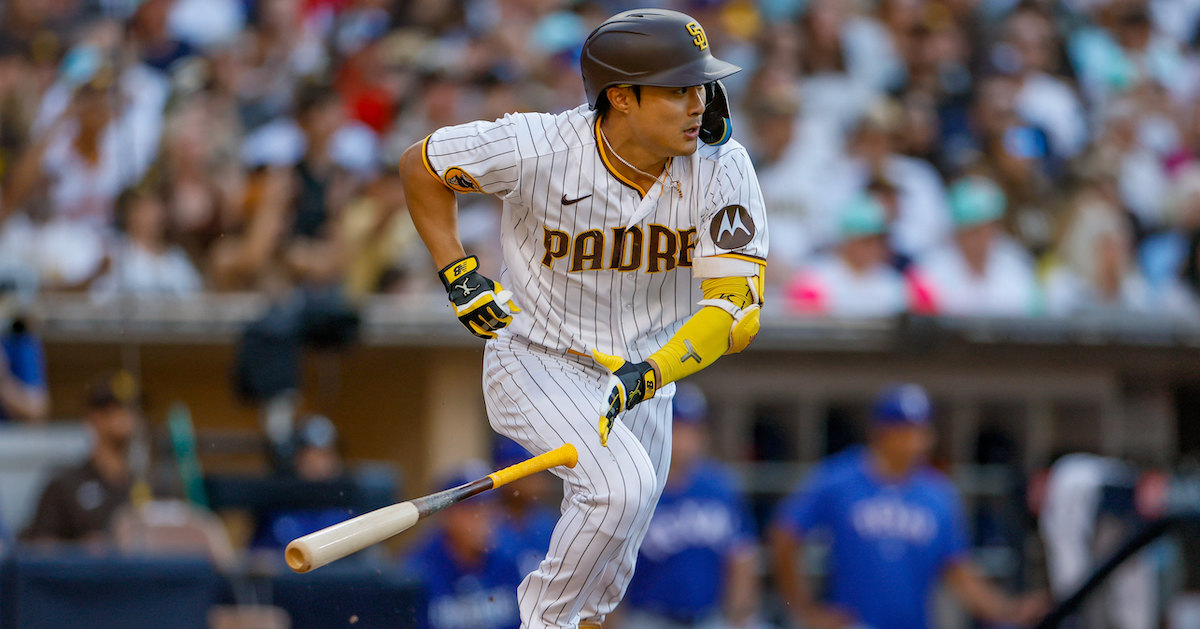A Time to Slug, and a Time to Bunt

In August, the Phillies hit 59 home runs, which is the highest total for a month in franchise history and tied for the third-highest total in any single month by any team in history. It was a remarkable performance, but perhaps not a particularly surprising one given how this roster was constructed; by design, Rob Thomson’s charges are large, strong, and (of late) increasingly shirtless. They were born to mash.
Last week, I had the good fortune to be present at Citizens Bank Park as five of those 59 home runs took flight in a single evening, off the bats of five different Phillies. This was one of those close, muggy summer nights that define the mid-Atlantic summer; with a pleasant, gentle breeze blowing out to left field, the ball was roaring out of the park. It wasn’t just the Phillies; the Angels dingered three times themselves. Two of those came off the bat of Luis Rengifo, hardly a man whose public stomps and chants are included in the Home Run Derby every year.
But as the Phillies laid 12 runs on their opponents, the play that stuck in my mind was the opposite of a home run. In the sixth inning, the Phillies batted around and scored six runs to turn a 4–2 deficit into an 8–4 lead; one of those came on a squeeze bunt by Johan Rojas. It was a lovely push bunt by a speedy right-handed hitter, the baseball equivalent of spreading room temperature compound butter on a slice of crusty bread. “Man, we should see that more often,” I thought to myself. Read the rest of this entry »









